Beschreibung
Aerospace aluminum plate is an ultra-high-strength deformed aluminum alloy currently widely used in the aviation industry.
Aerospace grade aluminum refers to aluminum alloys that are specifically designed and tested for use in the aerospace industry. These alloys are chosen for their high strength, geringe Dichte, and resistance to corrosion, making them ideal for aircraft and spacecraft components
Im Vergleich zu herkömmlichen Aluminiumlegierungen, the aluminum alloys used in aircraft have higher requirements for strength, Härte, Zähigkeit, Ermüdungsbeständigkeit, and plasticity.
Aviation aluminum alloy has good mechanical and processing properties, good plasticity after solution treatment, and good heat treatment strengthening effect. It generally has high strength and good toughness below 150°C (or even higher), making it an ideal aviation structural material.
Some popular aerospace aluminum alloy are 2024, 2324, 2524 und 7050, 7055, 7075, 7475 und 6061 sometimes was used for non-structural parts.
| Artikel | Klasse | Temperament | Anwendung |
| 1 | 2024 | die,T351,T851 | Rumpfstruktur, Flügelzugkomponente, Schernetz, steifer Strukturabschnitt |
| 2 | 2014 | T851,T351 | Rumpfbearbeitungskomponente, Schott, Flügelhäute und andere Strukturkomponenten für Hochleistungs-Militärflugzeuge |
| 3 | 2324 | T39 | Untere Flügelhäute und Flügelkastenkomponente für Verkehrsflugzeuge |
| 4 | 7050 | T7651,T7451 | Rumpfring, rahmen |
| 5 | 7150 | T6151,T7751 | Obere Flügelhäute für große Verkehrsflugzeuge, die eine hohe Druckbeständigkeit erfordern, obere Flügelverstärkungsplatte und untere horizontale Stabilisatorplatte für zivile und militärische Flugzeuge |
| 6 | 7055 | T7751 | Obere Flügelstruktur, Horizontaler Stabilisierer, Kielbalken, Sitzschiene, Gütergleitschiene |
| 7 | 7075 | T651, T7651,O,T7351 | Flugzeugstrukturkomponenten erfordern eine hohe Festigkeit, mäßige Zähigkeit und mäßige Korrosionsbeständigkeit |
| 8 | 7475 | T651,T7351 | Rumpfhaut, Flügelhaut, Flügelholm, Rumpfschott |
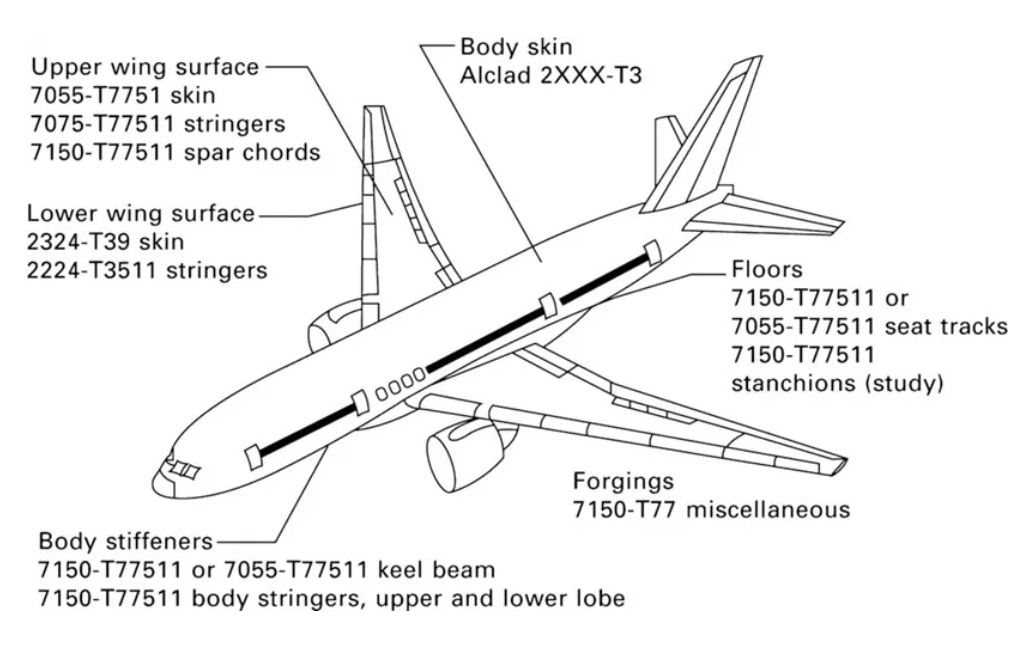
Aluminiumplatte für die Luft- und Raumfahrt
Typical Products of Aluminum Sheet
| Produktname | Legierung | Breite | Dicke | Temperament |
| 1050 Aluminiumblech | 1050 | 30mm-2600mm | 0.1mm-60mm | O/H |
| 1060 Aluminiumblech | 1060 | 30mm~2600mm | 0.2mm~200mm | O/H |
| 1070 Aluminiumblech | 1070 | 20mm-2650mm | 0.1mm-100mm | O/H |
| 1100 Aluminiumblech | 1100 | 100mm-2600mm | 0.2mm-250mm | O/H |
| 2014 Aluminiumblech | 2014 | 300mm-2600mm | 0.1mm-300mm | O/H/T |
| 2024 Aluminiumblech | 2024 | 300mm-2650mm | 0.3mm-300mm | O/H/T/F |
| 2A12 Aluminum Sheet | 2A12 | 100mm-2650mm | 0.1mm-300mm | O/H/T/F |
| 3003 Aluminiumblech | 3003 | 100mm-2650mm | 0.1mm-500mm | F/O/H |
| 3004 Aluminiumblech | 3004 | 100mm-2650mm | 0.2mm-400mm | F/O/H |
| 3005 Aluminiumblech | 3005 | 100mm-2650mm | 0.2mm-400mm | F/O/H |
| 3104 Aluminiumblech | 3104 | 100mm-2650mm | 0.1mm-400mm | F/O/H |
| 3105 Aluminiumblech | 3105 | 20mm-2650mm | 0.2mm-400mm | F/O/H |
| 3A21 Aluminum Sheet | 3A21 | 20mm-2650mm | 0.2mm-400mm | F/O/H |
| 5005 Aluminiumblech | 5005 | 20mm-2650mm | 0.1mm-500mm | F/O/H |
| 5052 Aluminiumblech | 5052 | 20mm-2650mm | 0.1mm-500mm | F/O/H |
| 5083 Aluminiumblech | 5083 | 20mm-3000mm | 0.4mm-500mm | F/O/H |
| 5086 Aluminiumblech | 5086 | 20mm-2650mm | 0.5mm-500mm | F/O/H |
| 5182 Aluminiumblech | 5182 | 20mm-2650mm | 0.1mm-500mm | F/O/H |
| 5454 Aluminiumblech | 5454 | 20mm-2650mm | 0.4mm-500mm | F/O/H |
| 5754 Aluminiumblech | 5754 | 20mm-2650mm | 0.1mm-500mm | F/O/H |
| 5A03 Aluminum Sheet | 5A03 | 20mm-2650mm | 0.1mm-500mm | F/O/H |
| 5A06 Aluminum Sheet | 5A06 | 20mm-2650mm | 0.1mm-500mm | F/O/H |
| 5A02 Aluminum Sheet | 5A02 | 20mm-2650mm | 0.1mm-500mm | F/O/H |
| 5252 Aluminiumblech | 5252 | 20mm-2650mm | 0.1mm-500mm | F/O/H |
| 5A05 Aluminum Sheet | 5A05 | 20mm-2650mm | 0.1mm-500mm | F/O/H |
| 6005 Aluminiumblech | 6005 | 20mm-2650mm | 0.2mm-500mm | F/O/H/T |
| 6060 Aluminiumblech | 6060 | 20mm-2650mm | 0.2mm-500mm | F/O/H/T |
| 6061 Aluminiumblech | 6061 | 20mm-2650mm | 0.2mm-500mm | F/O/H/T |
| 6063 Aluminiumblech | 6063 | 20mm-2650mm | 0.2mm-500mm | F/O/H/T |
| 6082 Aluminiumblech | 6082 | 20mm-2650mm | 0.2mm-500mm | F/O/H/T |
| 6101 Aluminiumblech | 6101 | 20mm-2650mm | 0.2mm-500mm | F/O/H/T |
| 6005-A Aluminum Sheet | 6005EIN | 20mm-2650mm | 0.2mm-500mm | F/O/H/T |
| 7075 Aluminiumblech | 7075 | 20mm-2550mm | 0.8mm-500mm | F/O/H/T |
| 7005 Aluminiumblech | 7005 | 20mm-2500mm | 0.8mm-500mm | F/O/H/T |
| 7050 Aluminiumblech | 7050 | 20mm-2500mm | 0.8mm-500mm | F/O/H/T |
| 7A09 Aluminum Sheet | 7A09 | 20mm-2500mm | 0.8mm-500mm | F/O/H/T |
| 7A04 Aluminum Sheet | 7A04 | 20mm-2500mm | 0.8mm-500mm | F/T/H |
| 8011 Aluminum Sheet/Coil | 8011 | 10mm-2500mm | 0.1mm-20mm |
Aluminum alloys are widely used in launch vehicles in the aerospace field. The main grades are 7075, 20X4, 2219, etc. The engine device, main components, rotary table, remote control parts, etc. are mainly aluminum alloy 7075. Zum Beispiel, the liquid oxygen tank is mainly 2219. 20X4 is mainly used for satellite streamlined outer covers and temperature control valve components. In Ergänzung, the frame of the manned aircraft is made of 2024 und 7075 aluminum alloys because these two aluminum alloys have high strength, light weight and thin thickness. Aluminum alloy sheets are also frequently used in these objects, such as protective panels, safety devices, Propeller, etc.
How is Aerospace Aluminum Plate Different from Regular Aluminum?
Aerospace aluminum plate is different from regular aluminum in several ways:
1. Alloy composition: Aerospace aluminum plate is typically made from high-strength aluminum alloys that are specifically designed for aerospace applications. These alloys usually have a higher content of elements like copper, Zink, Magnesium, and manganese, which enhance the strength and durability of the material. Regular aluminum, auf der anderen Seite, may have a lower alloy content and is often used for general-purpose applications.
2. Strength and toughness: Aerospace aluminum plate is engineered to have superior strength and toughness compared to regular aluminum. It undergoes various heat treatment processes to enhance its mechanical properties, making it capable of withstanding high stress and loads experienced in aerospace applications. Regular aluminum may not possess the same level of strength and toughness.
3. Gewicht: Aerospace aluminum plate is lightweight compared to regular aluminum. The aerospace industry emphasizes the importance of reducing weight to improve fuel efficiency and increase payload capacity. Deshalb, aerospace aluminum plate is designed to be lightweight while maintaining its structural integrity. Regular aluminum may have a higher weight due to lower strength requirements.
4. Quality control: Aerospace aluminum plate undergoes stringent quality control processes to ensure its performance and reliability. It needs to meet various industry standards and specifications, such as those set by the International Aerospace Quality Group (IAQG). Regular aluminum may not be subjected to the same level of quality control measures.
5. Cost: Aerospace aluminum plate is generally more expensive than regular aluminum due to its specialized composition, manufacturing processes, and quality requirements. The aerospace industry demands high-performance materials, which often come at a higher cost. Regular aluminum, being more widely used and less specialized, tends to be more affordable.


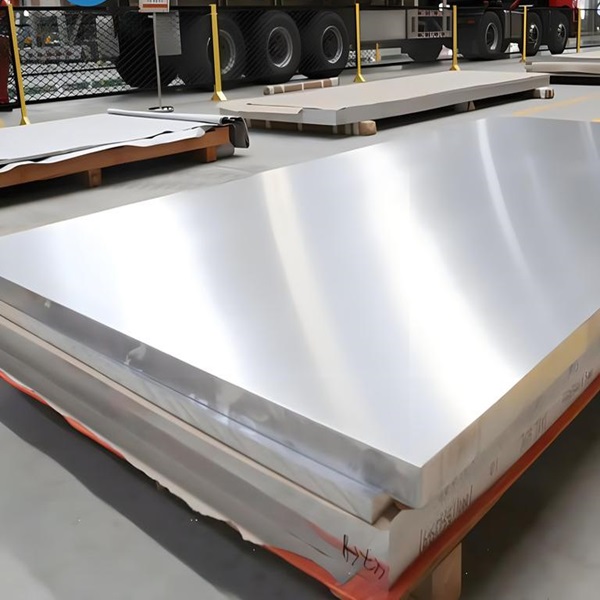
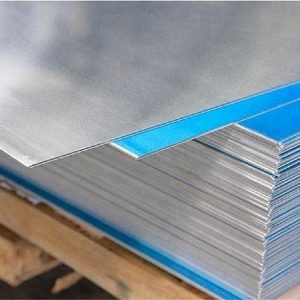
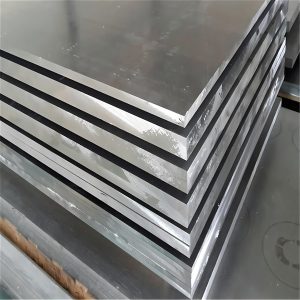
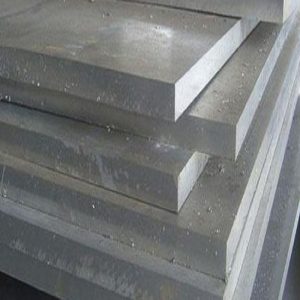
-
-
-